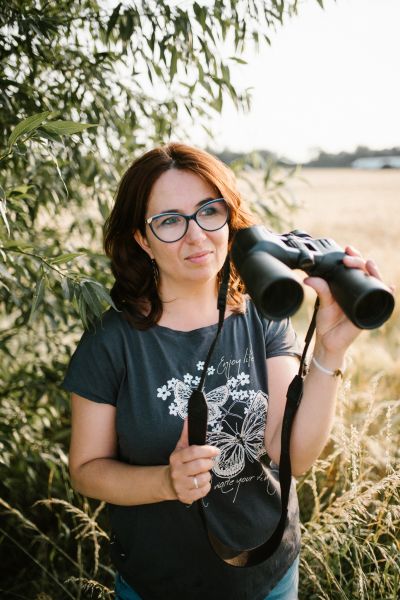Dr Barbara Fiałkiewicz-Kozieł from the Faculty of Geographical and Geological Sciences is conducting research at the "Na Równi pod Śnieżką" peat bog, in collaboration with the University of Silesia, the Institute of Nuclear Physics of the Polish Academy of Sciences in Kraków, and specialists from Argentina and the UK. It is one of 12 sites presented by scientists at the Anthropocene Working Group forum in May as a possible boundary between geological epochs - the ongoing Holocene and the new one - the Anthropocene.
The Anthropocene Working Group is an international team of specialists that collects evidence from the 'natural archives' (lake and sea sediments, peat, coral reefs or stalactites) of unprecedented changes occurring worldwide.
- Śnieżka is significant for the Anthropocene in three dimensions, says Dr Barbara Fiałkiewicz-Kozieł. - Firstly, as an example of a place surrounded by a large number of coal-fired power plants and factories which have caused enormous damage to the surrounding environment. We can point to such a place anywhere on Earth. Secondly, Śnieżka, due to its location in the subalpine zone, receives pollution from all over Western Europe. The global dimension is the identification of phenomena recognisable throughout the globe, such as the spread of artificial radionuclides, a significant acceleration in the concentration and accumulation of heavy metals, the appearance of invasive species in the environment, or climate change,' explains the scientist.
As Dr Fiałkiewicz-Kozieł emphasises, the ongoing project is a milestone in the understanding of the global extent of human activity. - "It is gaining a lot of experience in analysing peat profiles and understanding the significant role peatlands play on Earth. It is also discovering the compelling natural world facing toxic dust and climate change. Peatlands are my passion," adds the researcher.
The decision to pick one of the 12 presented sites will be made in October. However, this will only be part of the whole process. - The chosen location will undergo a three-stage evaluation. Members of the Subcommittee on Quaternary Stratigraphy, the International Commission on Stratigraphy and the International Union of Geological Sciences will vote. A 60% win in each vote will determine whether we can speak of a new epoch." explains Dr Barbara FIałkiewicz Koziel.
photo credit: Marta Woźna


